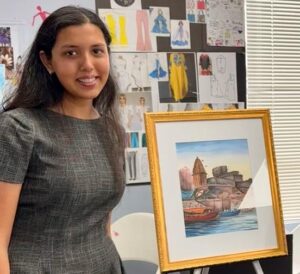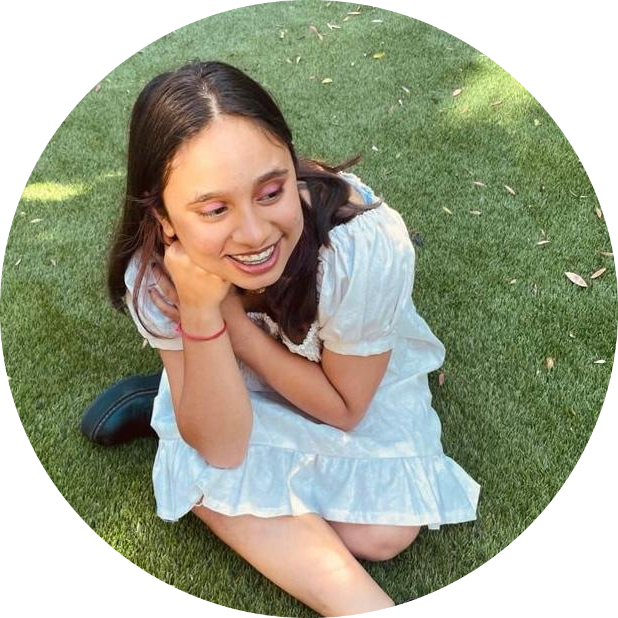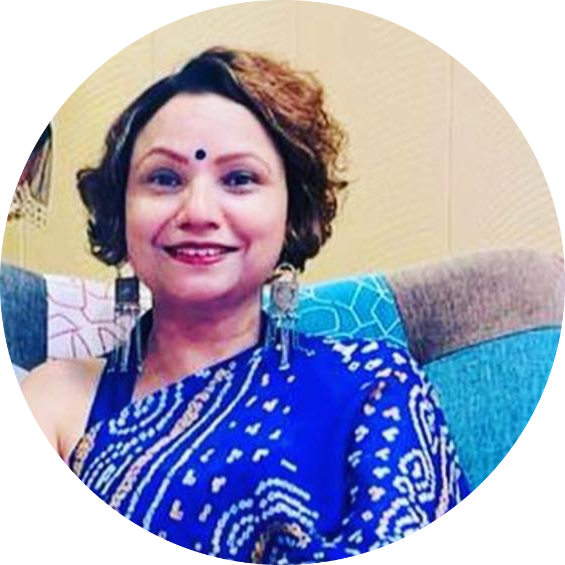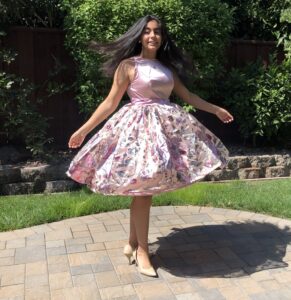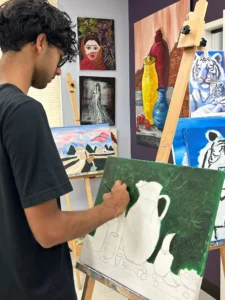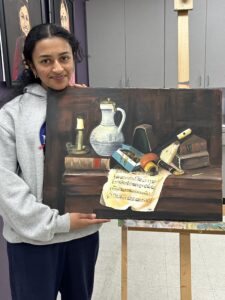Why do I Matter, coz I believe
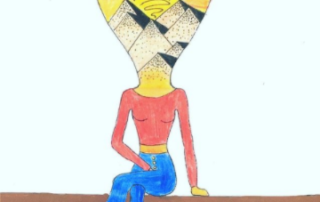
By- Aditi Manchanda, Grade 8 This is my artwork from the Virtual Reflections Art Competition that was held during the month of October. The theme for this contest was “Why do I Matter”. The first thing that I did was make the head into a light bulb. This is the main portion of the focus of the topic “Why do I Matter”. I matter because I want to grow up and share my ideas with the world to make it a better place. This part of my art represents my ideas. One idea that I would like to spread awareness about equality. There are so many people in this world who get discriminated against because of the color of their skin, or their religion, or even because of their gender. They don’t get many opportunities that others do just because of their appearance or what they believe in. Because of all of this commotion, there are so many innocent people who get harmed. There is so much violence, protesting, and war especially with all the riots and chaos in 2020. This is why inside of the light bulb I wrote the word peace and made some scenery around it. I chose to make this piece because I love to draw fashion figures and wanted to incorporate that into my artwork. I made this figure sitting down with a red top and blue jeans. This part of my art represents me. I used colored pencils and a black pen (to trace) to complete my artwork. If used by themselves, colored pencils are used in two techniques – layering and burnishing. Layering is a technique usually used at the beginning of the drawing. Its idea is to use primary colors in layers and with that to get different tones. Burnishing is done on layers and for that is used a colorless blender or a light-colored pencil. For my artwork I used layering. I used this technique for the background in my light bulb. I just used one layer of color for the skin, clothes, and the mountains of my picture. Finally, I used brown paint to make the ledge that my figure is sitting on. The paint I used was acrylic. I hope that this was informative and encouraged you to support causes to make the world a better place. Thank you! — Aditi Manchanda Grade 8
Village Scene, Warli Art
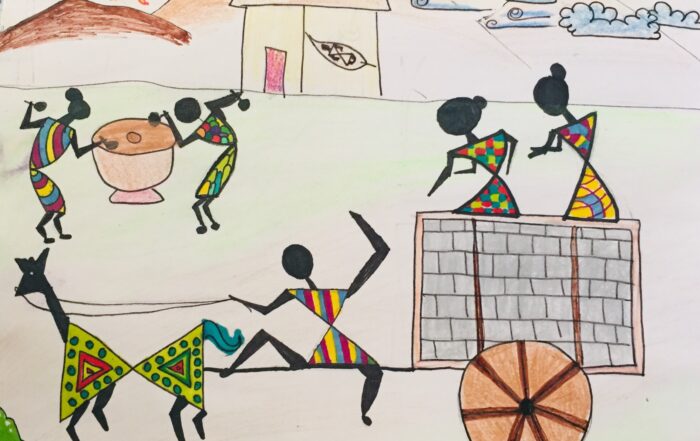
By, Minali Kancharla, Grade 7th The word Warli means a piece of land in the Varli language. Warli is a folk painting style native to India that mostly represents traditional everyday living and special events. The Warli style uses geometrical designs to make the main body of the subjects, this is for humans and animals. Warli painting uses basic shapes such as circles, triangles, and squares. The first step to this art is to sketch out your village scene using a set of basic shapes and make geometric patterns on the dresses. The page was then washed with tonal watercolor, to give a vintage effect. After the water wash on the page dries up, I outlined the sketch with a black point pen. The color scheme chosen for this artwork was Split complimentary, for this I chose two sets of split complementary colors. For each animal or human, use one set of complementary colors to fill the designs inside the subject. The end result is a colorful piece of art made from basic geometric shapes and colors.
Art has the role in education of helping children become like themselves
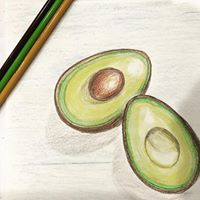
10 of the many skills children learn from art: 1. Creativity 2.Confidence 3.Problem-solving 4.Perseverance 5. Focus 6. Non-verbal communication 7. Receiving constructive feedback 8. Collaboration 9. Dedication 10. Accountability Arts education is a big part of building a 21st century creative mind, and I think that we have let way too many kids lose their way by not drawing in their young minds with music, dance, painting and the other various ways we can express those things we do not have words for. By Heather Watts Every time you engage in a new or complex activity, your brain creates new connections between brain cells. Your brain’s ability to grow connections and change throughout your lifetime is called brain plasticity or neuro-plasticity. Creating art stimulates communication between various parts of the brain. Art has the role in education of helping children become like themselves instead of more like everyone else. Decades of research have provided more than a sufficient amount of data to prove that arts education impacts everything from overall academic achievement to social and emotional development and so much more. Research has proven the arts develop neural systems that produce a broad spectrum of benefits ranging from fine motor skills to creativity and improved emotional balance Kala Art & Design studio, mission is in developing unique artistic voice, unlocking freedom of self-expression, and a light hearted but deeply meaningful approach of learning art and design. #kalaartanddesign, #art, #Design, #creativeminds, #littlehands #tinyfingerscreatingmagic
A Child’s Mind is not a Container
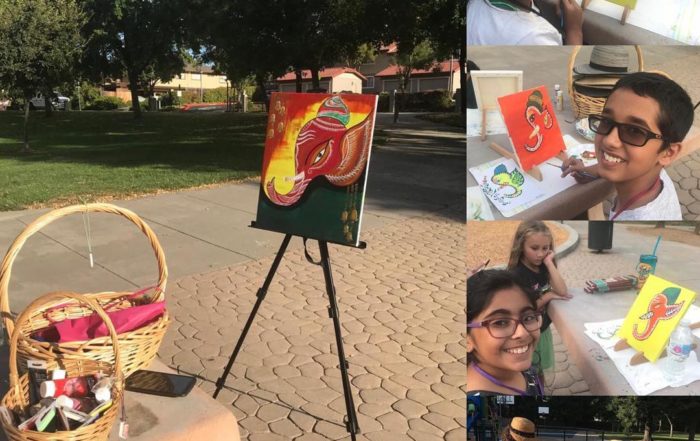
And just when this 10 year old said, I am not sure if I can paint!! she made her first wall painting which might look amateur to her as she travels more in this path, but sure would never be forgotten as it’s the first and it’s the prettiest and most importantly it is truly hers! 10 of the many skills children learn from art: 1. Creativity 2.Confidence 3.Problem-solving 4.Perseverance 5. Focus 6. Non-verbal communication 7. Receiving constructive feedback 8. Collaboration 9. Dedication 10. Accountability Arts education is a big part of building a 21st century creative mind, and I think that we have let way too many kids lose their way by not drawing in their young minds with music, dance, painting and the other various ways we can express those things we do not have words for. By Heather Watts Art has the role in education of helping children become like themselves instead of more like everyone else. Every time you engage in a new or complex activity, your brain creates new connections between brain cells. Your brain’s ability to grow connections and change throughout your lifetime is called brain plasticity or neuroplasticity. Creating art stimulates communication between various parts of the brain. Kala Art & Design studio, mission is in developing unique artistic voice, unlocking freedom of self-expression, and a light hearted but deeply meaningful approach of learning art and design. #kalaartanddesign, #art, #Design, #creativeminds, #littlehands #tinyfingerscreatingmagic
Art & Design Classes with Kalaa
An immersive experience which includes understanding of elements of art and design, mixing of colors, visualization and representation with creative thinking. Learn from a professional artist with 20 years of Design teaching experience. 3-4 students per class, provides for maximum personal attention directly with the trainer. A broad array of class times are available: Classes meet once a week for a period of One/ One and a half or two hours, depending upon levels. Learn as you go at your own pace. Fundamentals of Art & Design (AGES 4 to 8): $85/ month for class and material Art & Design Techniques (Ages 9-15): $120/ month for class and material Oil / Acrylic / Mixed Media Painting: $120/ month for class and material Design Thinking & Process (Ages 12 and up): $150/ month for class and practice material Painting Retreats for Adults: $120/ 4 sessions for class and material Each student will complete a final artwork /painting / to be exhibited at the end of the course. please click: Class Info

